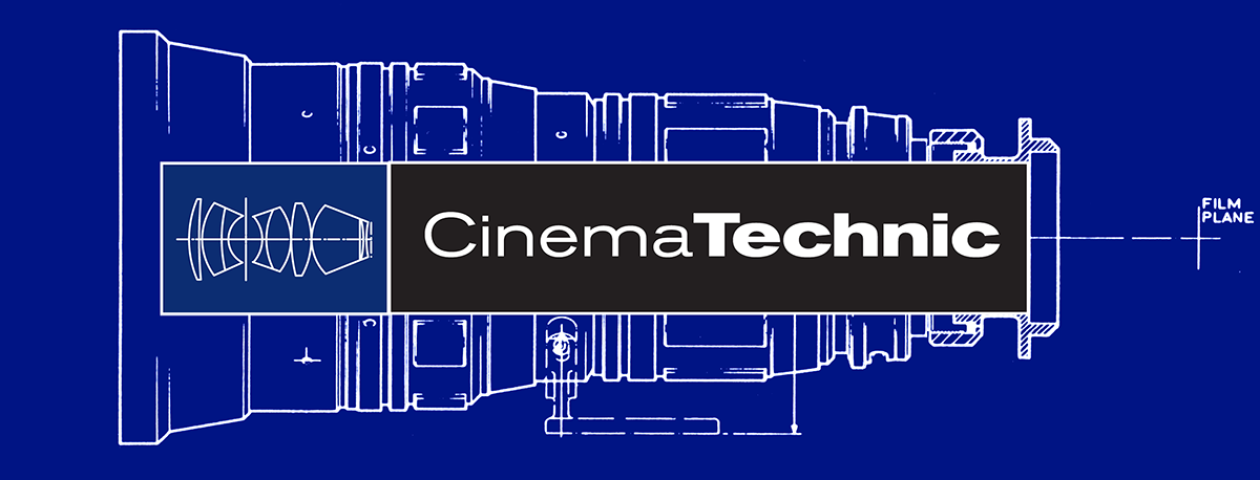
Prior to changing their product focus to be exclusively on zoom lenses, Angenieux produced a series of prime lenses.
Angenieux 16mm Format Primes
5.9mm f1.8
The 5.9mm is the most well known of the Angenieux prime lenses for 16mm. For a long time, it was one of a very few lenses in its focal length range. The only significant competitor was the Kinoptic 5.7mm.
The 5.9mm was a very common choice when super wide angle was required in 16mm format. The lens was fixed focus, depending on the large depth of field created by its very short focal length.
The 5.9mm was available in C-mount, ARRI Standard and ARRI Bayonet mounts.
Angenieux 16mm format Primes in C-mount
- 10mm f1.8
- 15mm f1.3
- 25mm f1.4
- 25mm f0.95
- 50mm f1.5
- 75mm f2.5
- 100mm f2.5
- 150mm f2.5
The lenses listed above were produced only in C-mount, and usually had chrome plated barrels. They were most commonly found on Bell and Howell Filmo 16mm cameras, and were also used on Auricon, Beaulieu, Bolex, Eclair ACL, NPR and GV-16, Richter EMP, Hycam, Mini-Cam-16 and Mitchell 16.
The 25mm f0.95 is notable for its extremely fast aperture, possible only in C-mount and not in the reflex mounts for ARRI.
Angenieux 35mm Format Primes
- 14.5mm f3.5
- 18.5mm f2.2
- 24mm f2.2
- 28mm f1.8
- 32mm f1.8
- 40mm f1.8
- 50mm f1.8
- 75mm f1.8
- 100mm f2.0
Angenieux 35mm primes are not nearly as well known as the 16mm format primes. They were overshadowed by the dominant Angenieux Zoom lenses. In 35mm cinematography, the large size and high cost of the zoom lenses was less of a problem, and their versatility made them more desirable than the primes.
Angenieux FF35 Format Primes
In mid 1980’s, Angenieux introduced HEC (High Efficiency Coating) which greatly improved the image quality of their lenses. When this new coating was applied to the venerable 25-250mm T3.9 zoom, it became the 25-250mm T3.7 HP. Subsequently, the HEC coating made the 25-250mm T3.5 HR lens possible and began the modern era of Angenieux dominance of zoom lenses for cinematography.
In the late 1980’s Angenieux introduced a limited series of high-end prime lenses for 35mm still format for SLR cameras. These lenses incorporated much of the same technology of the HR series zooms: HEC coating, low-dispersion glass, and the Differential Element Movement (DEM).
Angenieux used DEM to make the performance of these primes more consistent across all focal distances. Typically longer focal length (mid-telephoto) lenses had significant increase in spherical aberration at closer focus distances. Generally mid-telephoto lenses only gave their best optical performance at or near infinity focus.
After Angenieux patents expired on the highly advanced DEM concept, Carl Zeiss used a similar concept for the Master Primes to eliminate image size change (breathing) during focus.

DEM 180mm f2.3 APO

DEM 200mm f2.8 ED
The timing of this move was unfortunate. Despite the high quality of the lenses, they were manual focus lenses at a time when all the SLR manufacturers were switching to autofocus.
There was a great deal of uncertainty with new lens mounts being introduced and the fear that the older manual lenses would be obsoleted by newer SLR’s that would break compatibility with the legacy manual focus systems.
Seen with the benefit of hindsight, this seems rather ironic since it is the manual focus SLR lenses that are highly desirable today, and the plastic bodied autofocus lenses that initially replaced them have very little resale value.
CinemaTechnic is in development on a conversion of the DEM 180mm f2.3 APO to PL, EF and LPL mounts.
This in a new page in development. If you are interested in this content, please let us know via email so more time can be spent on researching these obscure lenses.

©2020 Jorge Diaz-Amador, all rights reserved
In accordance with the U.S. copyright act of 1976, the duplicating, uploading and electronic sharing of any part of this document without the permission of the author constitutes unlawful piracy and theft of the authors intellectual property.
If you would like to use material from this document other than for review purposes, prior written permission must be obtained by contacting the publisher
2020-04-05
